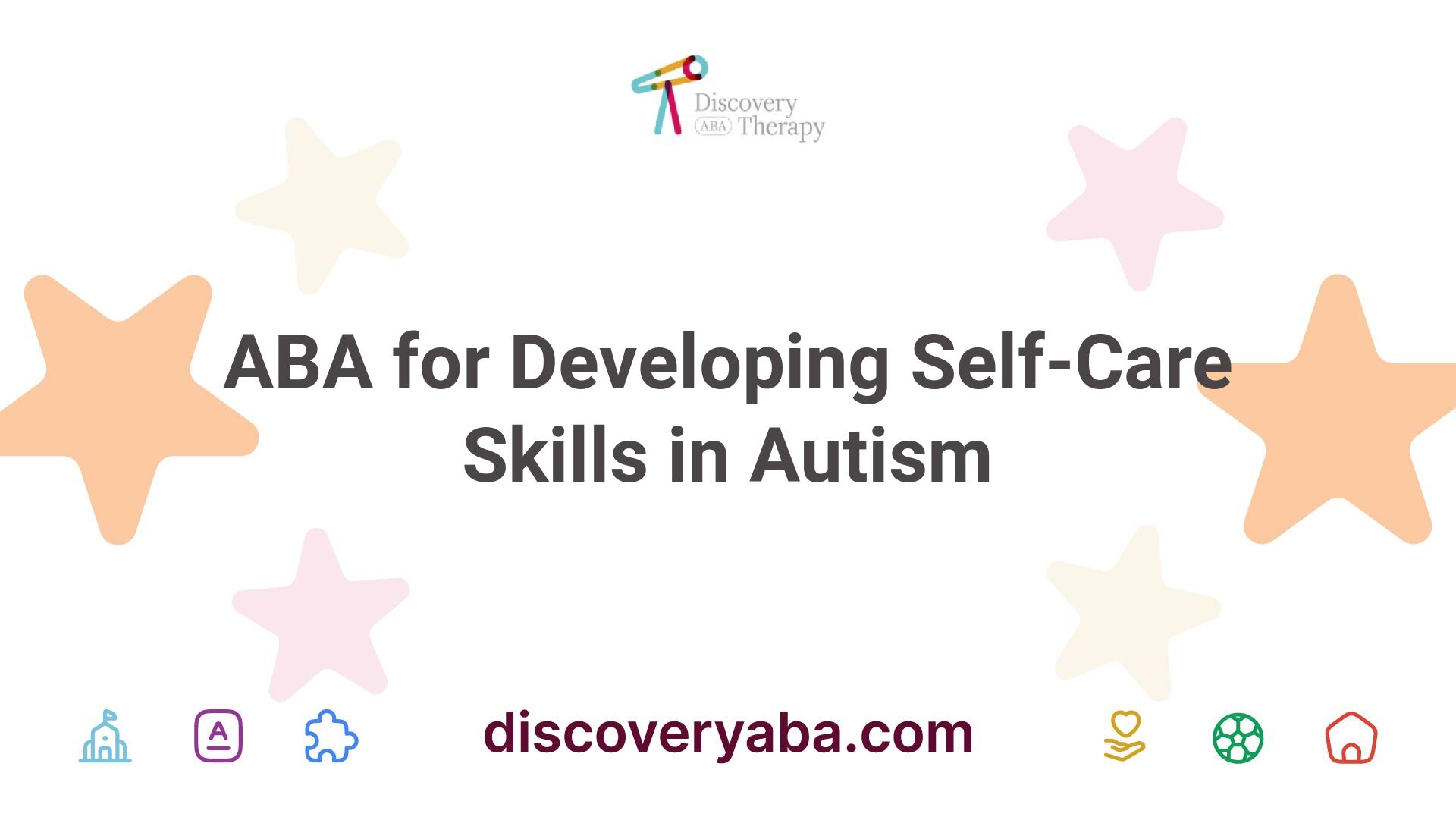The Power of Virtual Autism Assessment
Discover the power of virtual autism assessment - a game-changer in early diagnosis and accessibility!

Virtual Autism Evaluations
In recent years, virtual autism evaluations have emerged as a valuable tool for assessing and diagnosing autism spectrum disorder (ASD) in individuals. These evaluations are conducted remotely, leveraging technology to connect clinicians and families. This section explores the advantages of virtual assessments and the accuracy of virtual diagnosis.
Advantages of Virtual Assessments
Virtual autism evaluations offer several advantages that contribute to their increasing popularity. These assessments provide increased accessibility, reduced waitlists, and improved diversity and inclusion efforts. They help clinics evaluate young children more promptly and ensure equal access to assessment tools and resources for all families, particularly those facing geographical or financial barriers.
By eliminating the need for in-person visits, virtual assessments reduce the burden of travel and accommodation expenses, making it more convenient for families to seek evaluation services. Additionally, these evaluations can be conducted from the comfort of one's home, creating a familiar and less intimidating environment for the child being assessed.
Virtual assessments also contribute to reducing waitlists, allowing for earlier diagnosis and quicker access to interventions and support. Early diagnosis is crucial for individuals with autism, as it enables timely interventions and therapies that can significantly impact their developmental progress and overall quality of life.

Accuracy of Virtual Diagnosis
One of the key concerns when it comes to virtual autism evaluations is the accuracy of the diagnosis. Research has shown that the accuracy of telehealth methods in diagnosing ASD through virtual assessments ranges between 80-91% when compared with traditional in-person diagnosis.
These virtual assessments demonstrate sensitivity values ranging from 75% to 100% and specificity values ranging from 68.75% to 100%. This suggests that virtual assessments can be a reliable alternative to in-person evaluations, ensuring that individuals receive accurate diagnoses and appropriate interventions.
Virtual assessments leverage caregiver involvement as well. Caregivers play a vital role in providing insights during interviews, facilitating video-based screenings, and noting initial signs of autism in a child. Their involvement contributes to a comprehensive and efficient diagnostic process, further enhancing the accuracy of virtual diagnoses.
As technology continues to advance and telehealth becomes more prevalent, virtual autism evaluations have proven to be a valuable and effective means of assessing and diagnosing autism spectrum disorder. These assessments offer numerous advantages, such as increased accessibility and reduced waitlists, while maintaining a high level of accuracy in the diagnostic process.
Caregiver Involvement in Virtual Evaluations
In virtual autism evaluations, caregivers play a vital role in the diagnostic process. Their involvement is crucial for providing valuable insights, facilitating video-based screenings, and noting initial signs of autism in a child. This active participation contributes to a comprehensive and efficient assessment, ensuring a more accurate diagnosis.
Role of Caregivers in Assessments
During virtual evaluations, caregivers serve as reliable sources of information about the child's behavior, development, and experiences. They play a key role in providing historical context and behavioral observations that can aid in the diagnostic process. Caregivers are often involved in interviews conducted by healthcare professionals, where they share important details about the child's developmental milestones, social interactions, and communication patterns. This information helps clinicians assess the presence of autism-related traits and symptoms.
Caregivers also assist in facilitating video-based screenings, which allow healthcare professionals to observe the child's behavior in their natural environment. By capturing the child's interactions, play, and communication through video, healthcare professionals can gain valuable insights into their social and behavioral patterns. Caregivers play an active role in ensuring that these videos accurately represent the child's typical behaviors and provide additional context when necessary.
The involvement of caregivers in virtual evaluations extends beyond the assessment sessions themselves. They are often encouraged to take an active role in monitoring and noting any initial signs of autism in their child. By being observant and attentive to their child's behavior, caregivers can help identify potential red flags and communicate them to healthcare professionals for further evaluation.
Studies have highlighted the benefits of involving caregivers in the virtual assessment process. Not only does it promote a collaborative approach to diagnosis, but it also allows for flexibility in scheduling and reduces costs associated with in-person assessments. Caregivers have reported satisfaction with telehealth procedures and have appreciated the parent-led nature of assessment activities. By involving caregivers in the evaluation process, virtual assessments ensure that families have equal access to assessment tools and resources, promoting diversity, equity, and inclusion in the diagnostic process [1].
The active involvement of caregivers in virtual autism evaluations empowers families by providing them with a comprehensive understanding of their child's development and potential challenges. By working together with healthcare professionals, caregivers are better equipped to make informed decisions about interventions, therapies, and support services. Early diagnosis, made possible through caregiver involvement in virtual evaluations, allows for early intervention and improves outcomes and quality of life for individuals with autism spectrum disorder (ASD).
Technological Advancements in Virtual Autism Evaluation
As virtual autism evaluations continue to gain prominence, technological advancements have played a crucial role in enhancing the diagnostic process. One significant technological advancement in virtual autism evaluation is the integration of artificial intelligence (AI) in the diagnosis process.
AI Integration in Diagnosis
AI algorithms are being explored and developed to analyze data from various sources and assist in the diagnostic process of autism. By identifying patterns and markers associated with autism, AI integration holds the potential to improve the accuracy and efficiency of evaluations, leading to more personalized interventions.
The utilization of AI in virtual autism evaluation allows for the analysis of large amounts of data, including video-based screenings, behavioral observations, and caregiver insights. By leveraging machine learning techniques, AI algorithms can identify subtle characteristics and indicators of autism that may not be immediately apparent to human observers. This can contribute to more accurate evaluations and aid in the development of tailored treatment plans.
The integration of AI in virtual autism evaluation is particularly beneficial in situations where access to in-person assessments may be limited, such as in rural or underserved areas. It allows for remote evaluation and diagnosis, ensuring that individuals who require timely support can receive it, regardless of their geographical location.
It's important to note that while AI integration shows promise in improving the diagnostic process, it should be used as a supportive tool rather than a replacement for clinical expertise. The collaboration between AI algorithms and trained professionals can enhance the overall assessment and diagnostic accuracy.
With ongoing advancements in technology and the continued refinement of AI algorithms, the future of virtual autism evaluation holds great potential. By combining the expertise of professionals with the analytical capabilities of AI, the diagnostic process can become more efficient and accessible, ultimately empowering families with timely support for individuals with autism.
Case Studies on Virtual Assessment Success
As virtual autism evaluations continue to gain traction, numerous case studies have demonstrated their positive impact on diagnosis wait times and garnered valuable feedback from parents and caregivers.
Impact on Diagnosis Wait Times
One of the significant advantages of virtual autism evaluations is their ability to reduce diagnosis wait times. By leveraging remote assessments, clinics have been able to evaluate children more promptly, ensuring earlier diagnosis and timely access to interventions and support. This, in turn, improves outcomes for individuals with autism and their families.
For instance, the implementation of virtual assessments facilitated a quicker evaluation process for families waiting for autism assessments, providing them with much-needed relief. These virtual evaluations have been instrumental in reducing clinic waitlists, thereby allowing for earlier diagnosis and quicker access to interventions and support. This has ultimately improved the quality of care for individuals with autism and their families.
Parental Feedback and Experiences
The feedback and experiences shared by parents and caregivers regarding virtual autism evaluations have been largely positive. Families have appreciated the convenience and accessibility of remote assessments, particularly in situations where in-person assessments may be challenging or unavailable.
Virtual assessments have played a crucial role in ensuring that all families have equal access to assessment tools and resources, promoting diversity, equity, and inclusion in the diagnostic process. The ability to participate in evaluations from the comfort of their homes has alleviated the stress associated with scheduling and traveling to in-person appointments, especially for families residing in remote or underserved areas.
While virtual assessments have garnered praise, it is important to note that the use of certain assessment tools, such as the Autism Diagnostic Observation Schedule (ADOS), has been impacted by the COVID-19 pandemic. The ADOS, considered a 'gold-standard' tool for diagnosing autism, requires direct interaction between specialists and children, which has been challenging due to safety measures like masks and distractions during virtual assessments [5].
Overall, the success of virtual assessment case studies highlights the potential for remote evaluations to revolutionize the diagnostic process for autism. With reduced wait times and positive parental feedback, virtual assessments are likely to become a standard practice even beyond the pandemic, as they offer a convenient and accessible option for families seeking timely autism evaluations.
Future of Virtual Autism Assessments
As the world continues to adapt to the changes brought about by the COVID-19 pandemic, it is clear that virtual assessments for autism are likely here to stay. The adoption of virtual assessments has been accelerated by the pandemic, with 85% of providers who used telemedicine for autism diagnosis during this time planning to continue utilizing it even after the pandemic subsides. Clinicians have reported a high degree of confidence in remote diagnoses, indicating that virtual assessments are likely to become a standard practice going forward.
Post-Pandemic Adoption
The rise of virtual assessments for autism has not only transformed the diagnostic process but has also brought about various benefits. One of the significant advantages is increased accessibility. Remote assessments have played a crucial role in ensuring that all families, regardless of their location or circumstances, have equal access to assessment tools and resources. This increased accessibility promotes diversity, equity, and inclusion in the diagnostic process, leveling the playing field for families seeking an autism evaluation.
Additionally, virtual assessments have helped reduce wait times for diagnosis. By evaluating young children promptly, clinics can alleviate the burden of long waitlists, allowing families to access the support and services they need in a timely manner. This early intervention is crucial in autism, as it leads to improved outcomes and quality of life for individuals with autism spectrum disorder (ASD).
Potential Challenges and Limitations
While virtual assessments for autism have shown great promise, there are some challenges and limitations to consider. One limitation is the inability to conduct certain tests remotely. Some assessments may require in-person interaction or specialized equipment that is not currently available in virtual settings. It is important for clinicians to carefully evaluate the suitability of virtual assessments for each individual case and determine when an in-person evaluation may be necessary.
Another challenge is the need for a reliable internet connection and access to technology. Not all individuals have equal access to internet services or the necessary devices to participate in virtual assessments. This digital divide can create disparities in accessing diagnostic evaluations, particularly for individuals from marginalized communities or those in rural areas. Efforts should be made to address these challenges and ensure that everyone has equitable access to virtual assessments.
Despite these challenges, the overall confidence in remote diagnoses and the numerous benefits of virtual assessments suggest that they will continue to play a significant role in the future of autism evaluation. The field is constantly evolving, and advancements in technology, such as the integration of artificial intelligence (AI) in diagnosis, may further enhance the accuracy and effectiveness of virtual assessments. As the world embraces the post-pandemic era, virtual assessments for autism are poised to become an integral part of the diagnostic process, empowering families with timely support and access to the resources they need.
References
Find More Articles
Contact us
North Carolina, Tennessee, Nevada, New Jersey, Utah, Virginia
New Hampshire, Maine
Massachusetts, Indiana, Arizona, Georgia
.avif)



.jpeg)



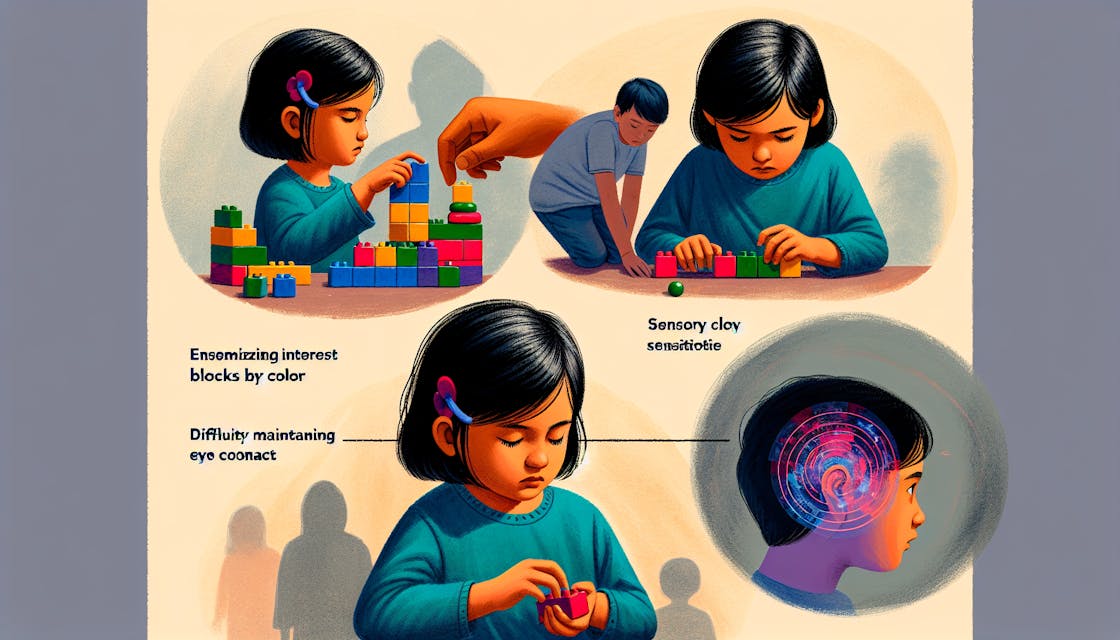


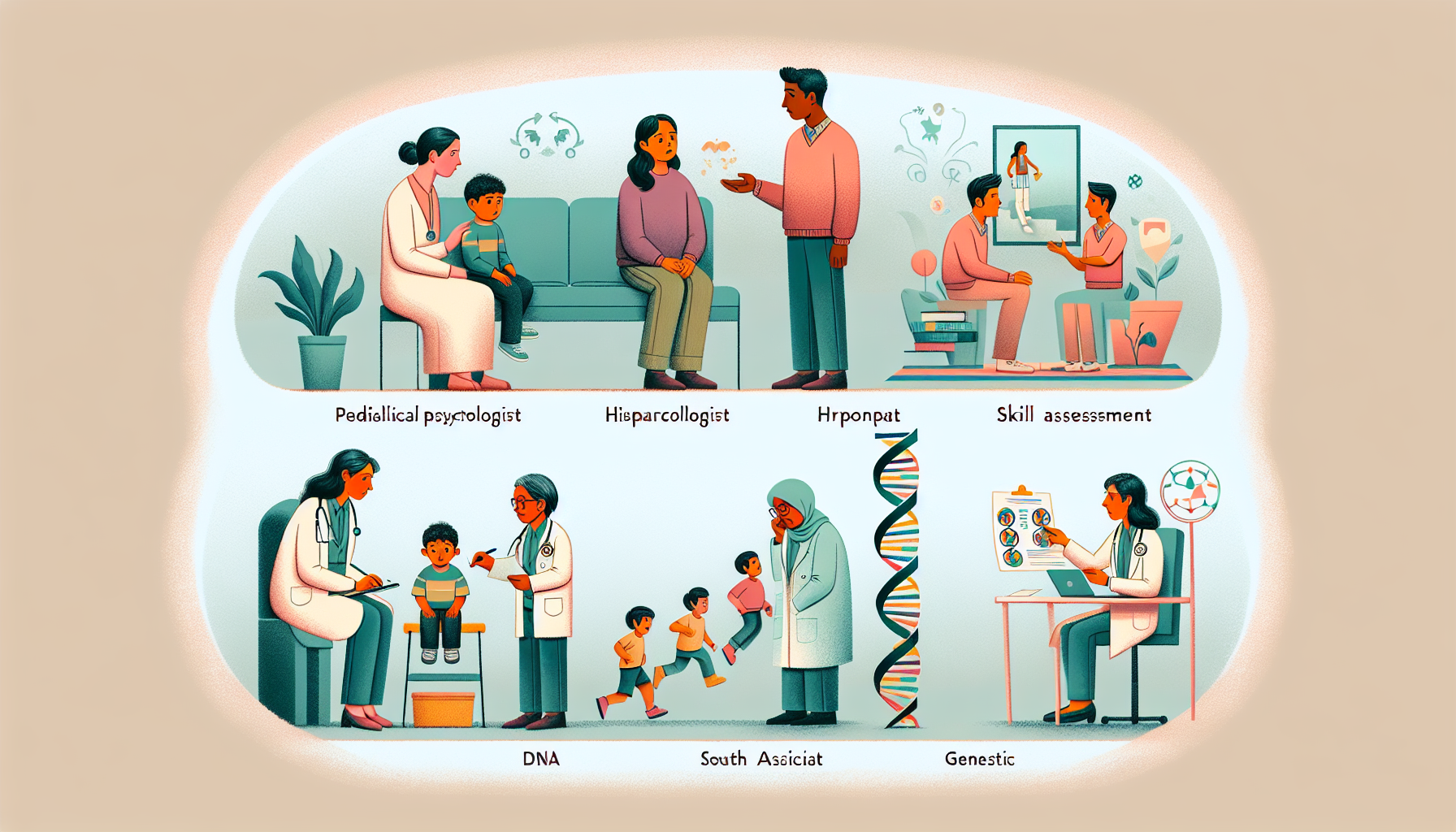





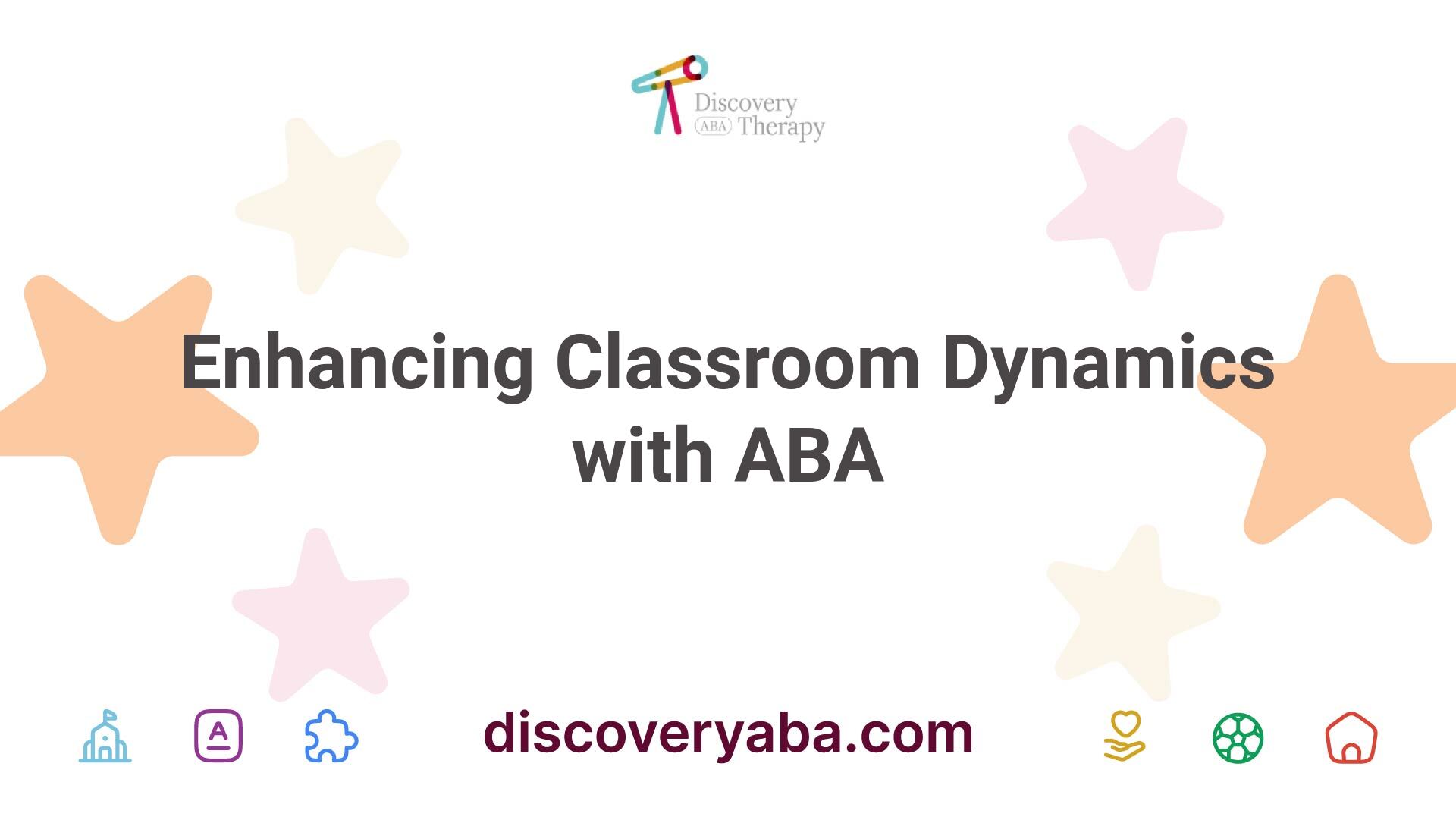












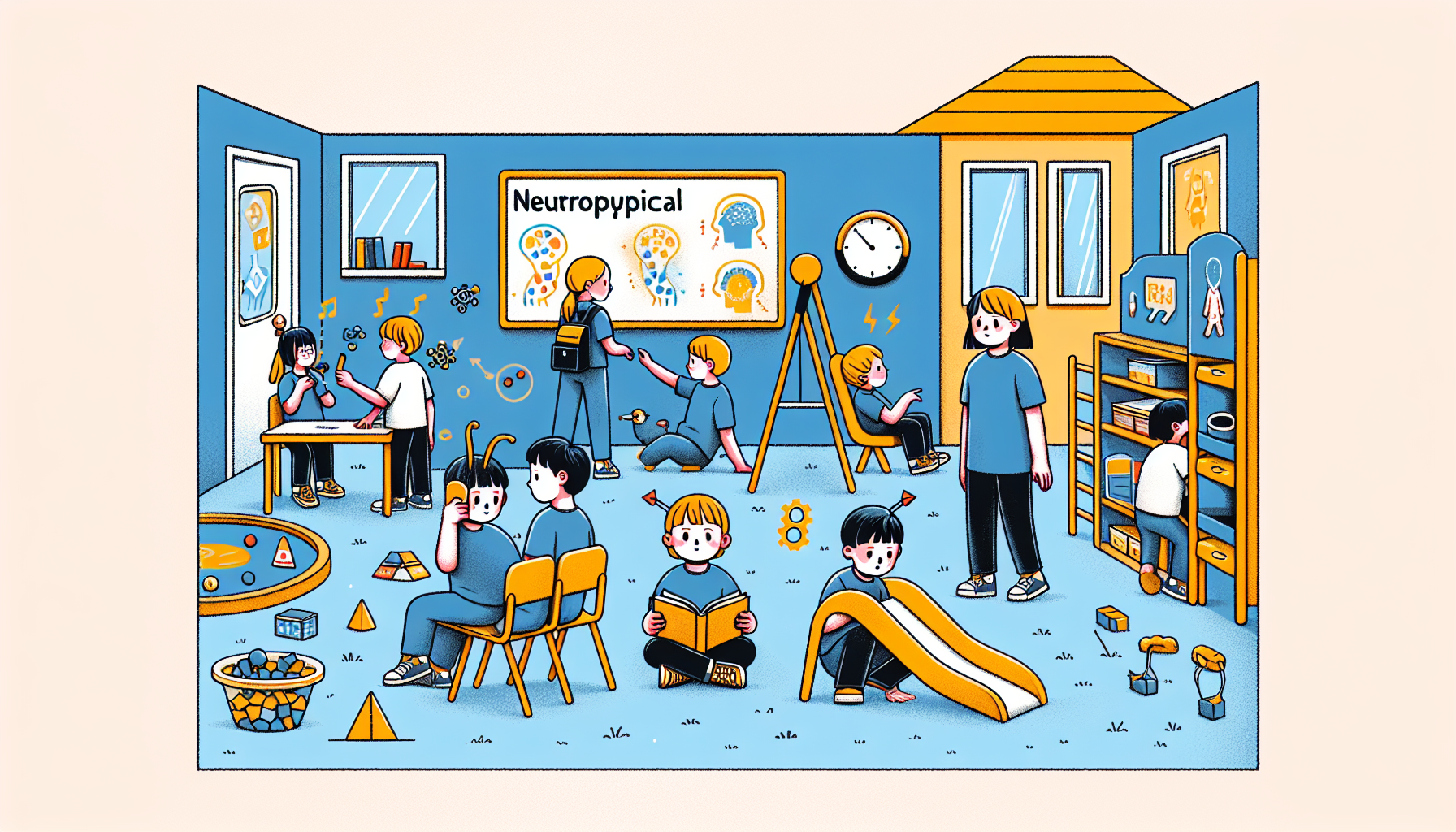
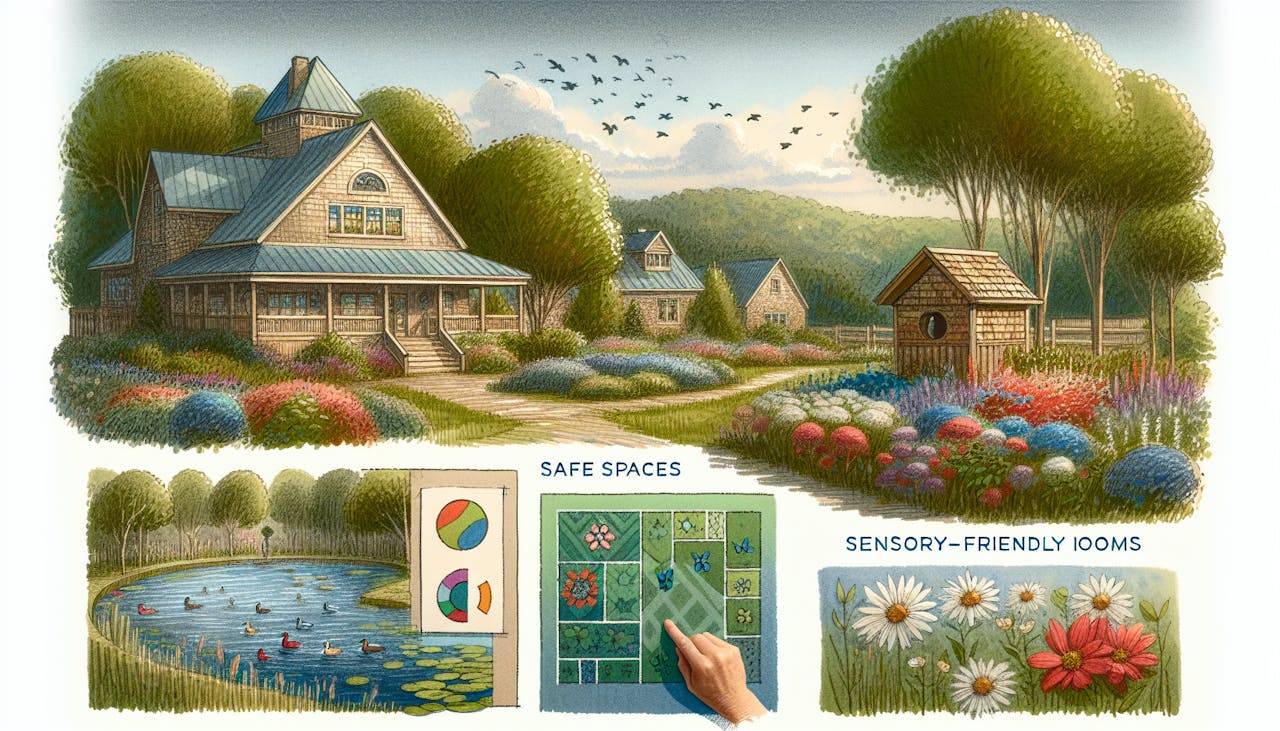


%2520(1).jpeg)

.jpeg)





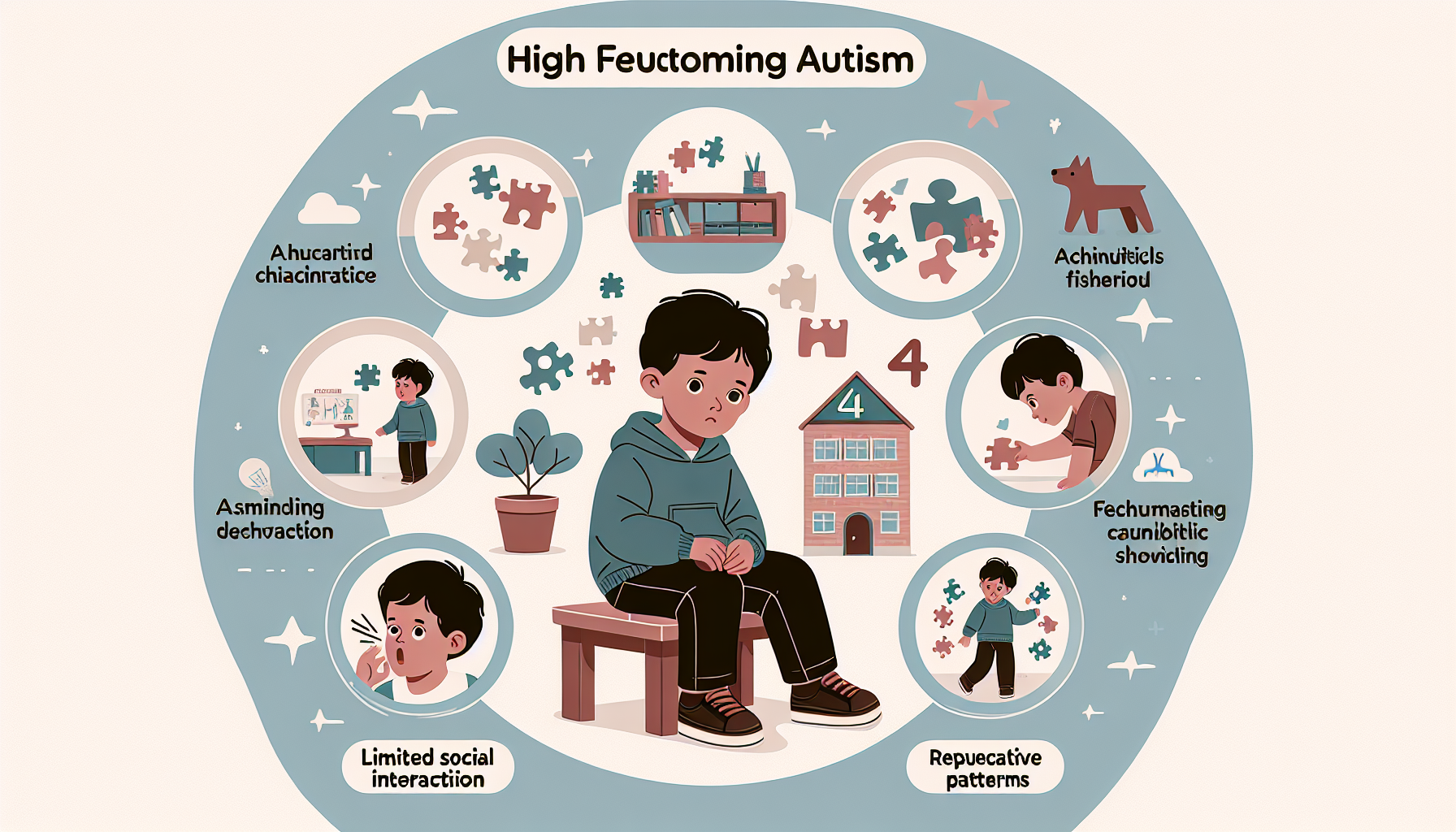






.jpeg)













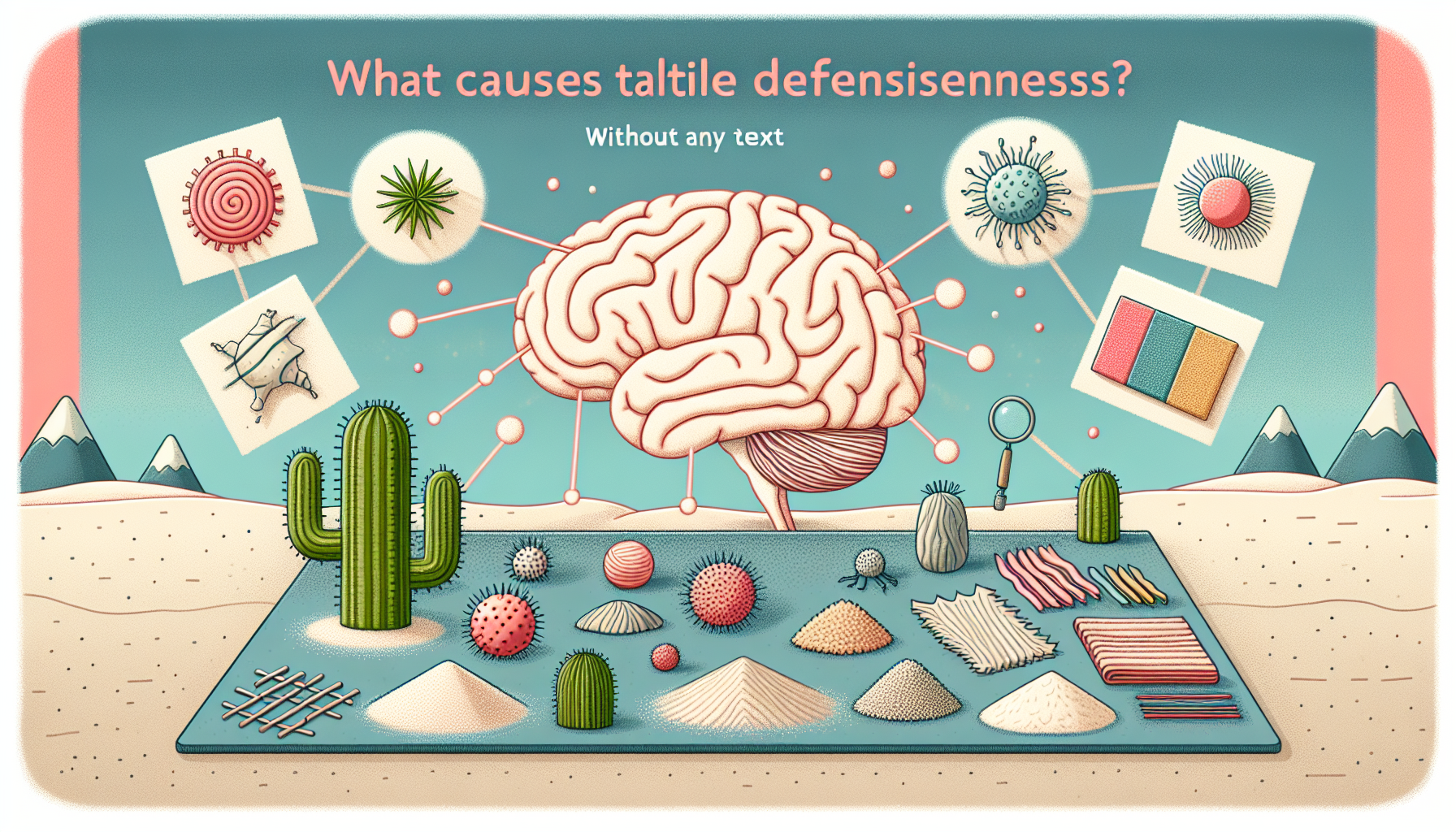





.jpeg)

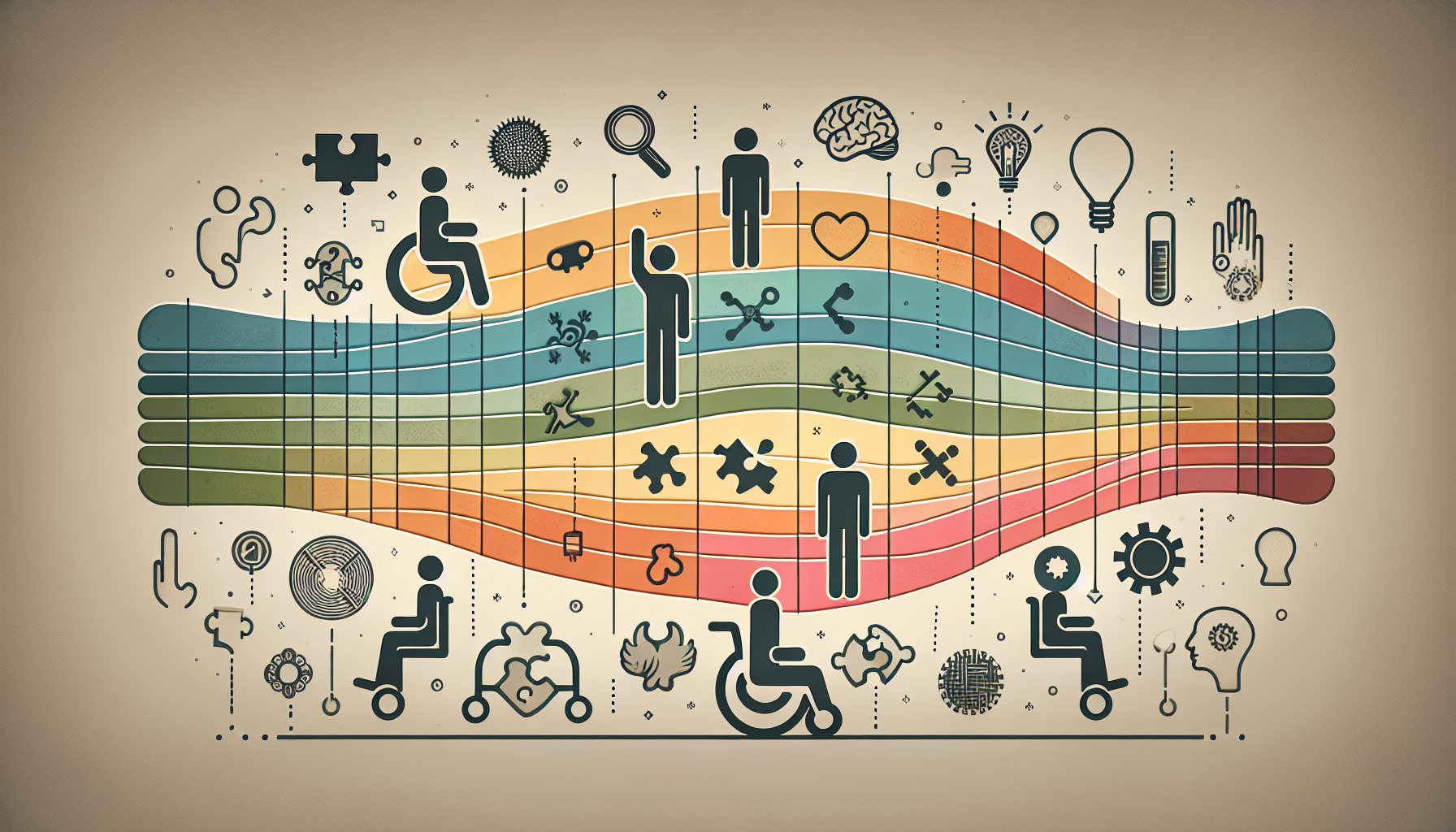
.jpeg)



.jpeg)



















